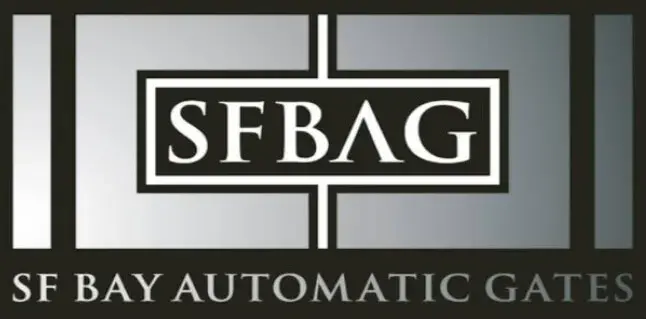Coincidentally, the onset of modernity has not only seen an exponential rise in technological advancements but also a corresponding increase in technical malfunctions. Among these, gate malfunctions have proven to be particularly vexing for property owners. The intricacies involved in diagnosing and repairing these issues demand a specialized understanding of their electrical workings.
This article aims to bridge this electric divide by offering comprehensive solutions for common gate malfunctions. In essence, it provides an extensive analysis of prevalent problems associated with different types of gates and their root causes. Coupled with effective troubleshooting techniques and repair methodologies, this knowledge can empower individuals to address such issues efficiently and effectively.
By demystifying the complexities associated with gate malfunctions, this article contributes towards fostering a sense of belonging among its audience; inviting them into the fold as confident troubleshooters capable of handling their own gate-related concerns.
Diagnosing Common Issues
In the labyrinth of gate malfunctions, diagnosing common issues stands as a Minotaur, necessitating an intricate understanding of the system and a strategic approach to resolve them. Unraveling these complexities begins with comprehensive knowledge about the technical aspects of electric gates — from power supply issues, sensor problems, remote control failures, to mechanical hindrances like wheel obstructions or gear damages.
These are some of many potential areas where faults may occur. In this endeavour for diagnosis, one must also be familiar with the operational nuances specific to different types of gates (sliding, swinging, telescopic), as each presents its own set of common malfunctions.
Armed with this technical knowledge base and a keen eye for detail-oriented observation comes the task of examining malfunction symptoms. A gate’s failure to open or close completely often points towards an obstruction in its path or within its internal mechanisms — debris clogging up wheels or gears; while intermittent operation might suggest erratic power supply or sensor issues.
Similarly, if a remote-controlled gate refuses response despite battery replacements in the controller, it’s time to look into possible signal interference or receiver damage. Thus through detailed analysis and elimination methods can these ‘Minotaurs’ be conquered – offering not only resolution but also fostering an environment where users feel included in protecting their space’s security and functionality.
Effective Troubleshooting and Repair Techniques
Mastering effective troubleshooting and repair techniques is paramount for ensuring the longevity and seamless operation of automated systems. A systematic approach begins with identifying symptoms, followed by isolating the problem to a specific component or area in the system through careful inspection and testing.
The use of advanced diagnostic tools such as multimeters, oscilloscopes, and infrared thermometers can greatly assist in accurately pinpointing malfunctions in
After diagnosing an issue, it is crucial to implement the appropriate solution that not only rectifies the current malfunction but also prevents future problems from arising. This may involve replacing faulty components, rewiring problematic connections, or recalibrating sensor settings for optimal performance.
It’s essential to follow standardized safety procedures while performing these tasks; this includes disconnecting power sources during repairs and using proper protective gear to minimize potential risks associated with electrical work. The mastery of these troubleshooting skills allows for increased equipment uptime, reduced maintenance costs, and overall improved system reliability – thereby fostering a sense of confidence in those using these automated systems regularly.
